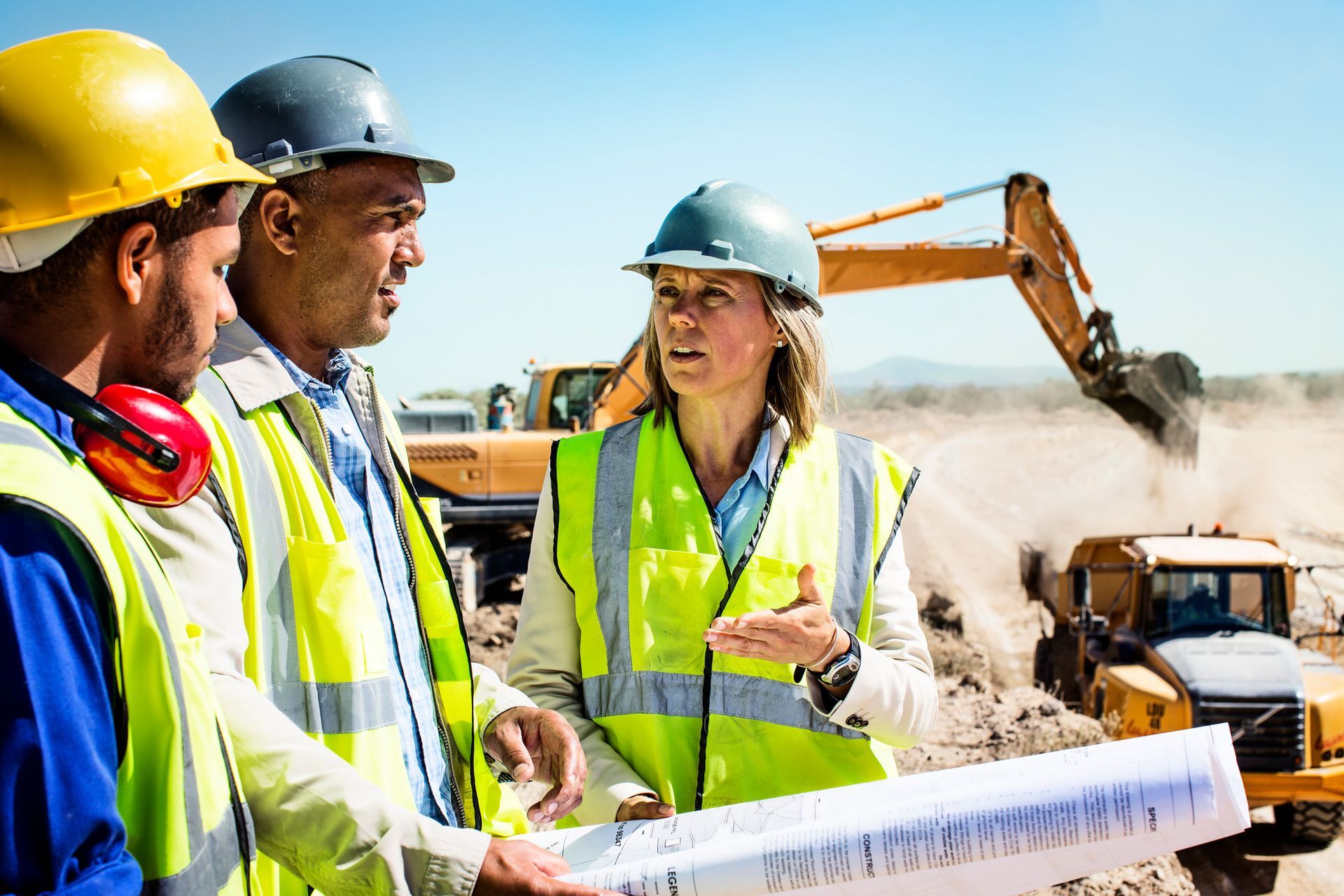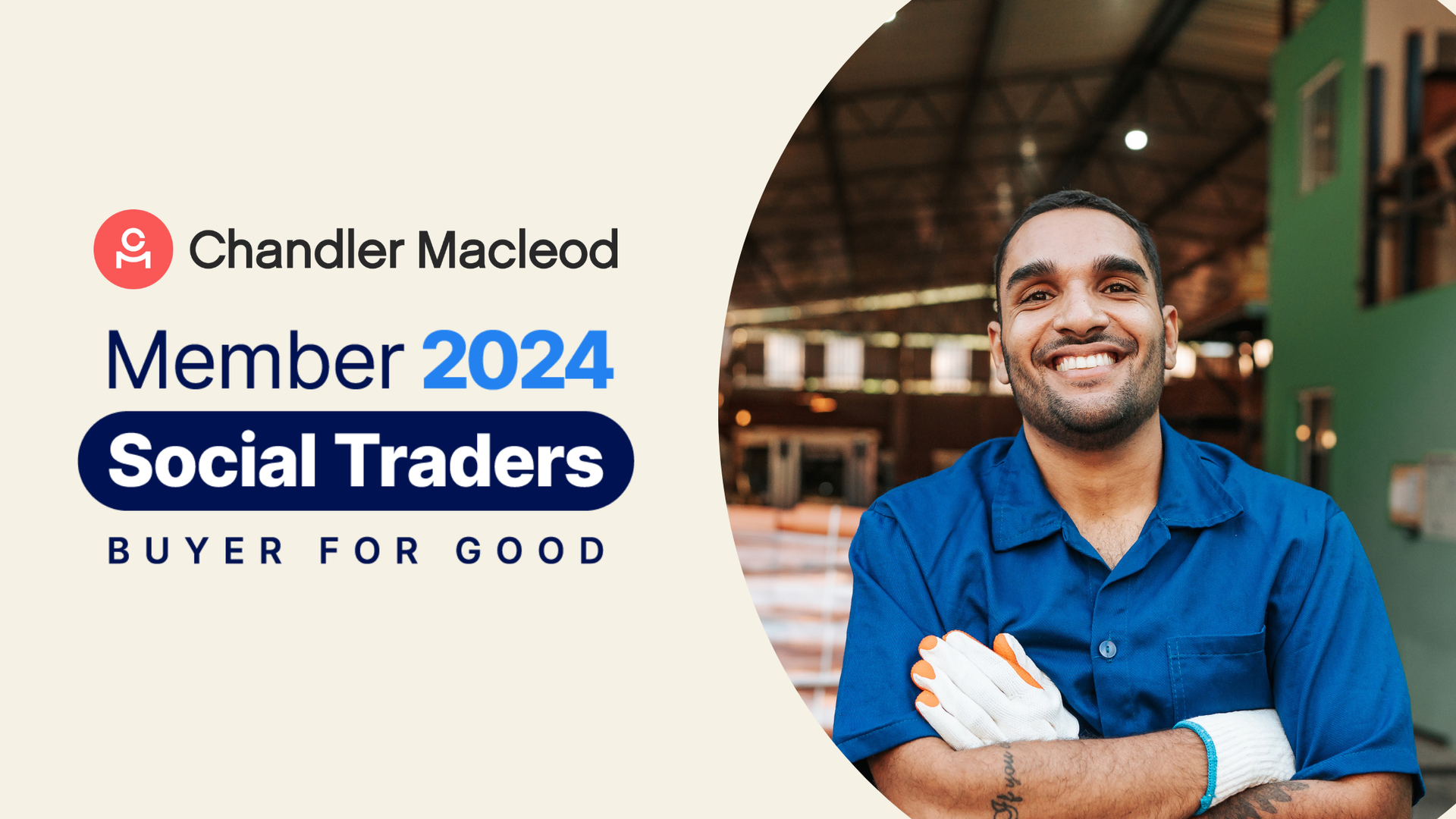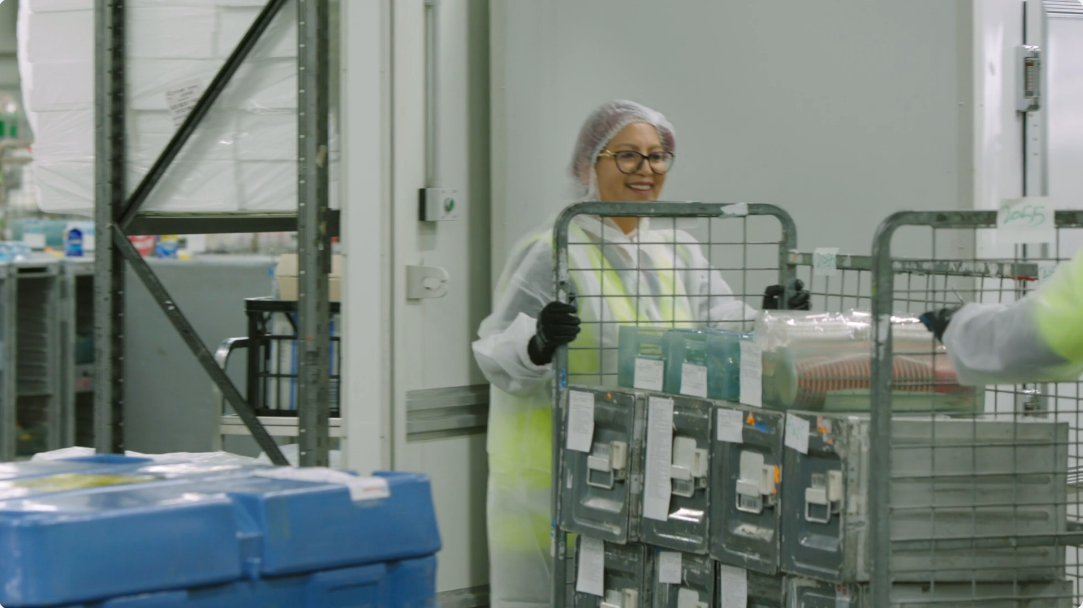It is a few minutes before the Australian Open’s men’s final for 2017. I’m not normally a big tennis fan but tonight, like everyone else, I’m swept up in excitement surrounding this unexpected ‘Fedal’ encore. It’s a match-up of the two of the game’s greatest players, who make up the number one rivalry in tennis’ modern era – Nadal and Federer. As their careers wind down, many doubted that either would be a Grand Slam champion again, but here we are.
Nadal, has always been a modern style of player – a ‘leftie’ with a pounding physical style that has seen him win 14 grand slams. He fought his way to success through determination, grit, and psychological stamina. Federer, considered by many as the greatest tennis player of the 21st century, has 17 grand slams to his name and brings a classical and ‘correct’ genius to the game. However, even perfection can be disrupted, and ‘The Fed’ has been, 23 of the 34 times he’s faced ‘Rafa’. Nadal’s unconventional technique – it turns out – is incredibly effective. It reminds me of something my grade 5 teacher used to say to me – “play to your strengths, play your own game”.
It’s a slogan to remember, and it’s more relevant than ever. With 13 industries comprising 65% of the Australian Economy facing significant disruption this year (Deloitte, 2012), many of our clients are setting out to ‘play their own game’ by harnessing their unique strengths to disrupt (or to at least future-proof themselves against disruption). But they’re finding that it’s much harder and much more uncomfortable than anticipated. Often the barriers they come up against are within their own organisation – outdated mindsets, systems, structures, leadership, methodologies, and technologies that hamper any opportunity for real change. Many organisations quickly learn that they first need to ‘self disrupt’ before they can gain any external competitive advantage. But where does that kind of work begin?
Here are 3 considerations we often share with clients on their way to disruption – lessons which are rather neatly mirrored in the long-standing Nadal-Federer rivalry that we get a glimpse of tonight.
Don’t be like Apple
Just as the last few years have been all about disruption, the decade before that was all about innovation. The two are clearly linked, as the primary cause of disruption has been the rapid advancement of technology and globalisation which has increased the speed at which new products can displace existing ones. Over the years, more and more companies have embraced innovation as their cultural identity. But there was often a sentiment that followed; “if you want to be innovative, be like Apple”. Herein lies the issue, if you want to disrupt or innovate, do not start out by comparing yourself to or trying to imitate what another organisation has done – no matter how impressive. Following the lead of someone else is the opposite of disruption and innovation. Nadal would never have accomplished what he has if, as a young player, he was instructed to focus all his energies on replicating Federer’s graceful single-handed backhand. The greatest success comes from cultivating whatever unique, natural strengths and capabilities you already possess as a business – no matter how against the grain or unconventional.
Throw out old Yardsticks
Another obstacle organisations encounter when trying to turn an industry on its head relates to how they measure success along the way. Businesses invest millions each year into culture and leadership programs and tools that are based on a ‘one size fits all’ approach, essentially telling you how similar you are to other ‘high performing organisations’. “Lots of blue in your profile? Great – you’re on your way”; but to where? Maybe down the path towards creating a constructive, positive work environment, but not to a place that will allow effective disruption to occur. That’s not what you’ve measured, and any form of analytics, whether it’s your leaderships capabilities, or the broader company culture needs to be customised and designed to inform you of your unique opportunities and obstacles on the path to disruption.
We challenge many of our clients on their reliance on benchmarks – particularly if they are genuinely committed to pioneering a new future within their industry. It’s too easy to slip into complacent and ‘good enough’ mindsets when using benchmarks or other relative measurements of performance. This information reflects how successful you are compared to what already exists and what has existed in the past. Airbnb has never focused on meeting benchmarks within the hotel industry – that would have limited them to the best of what already exists. Rather, they redefined what ‘best’ was. Benchmarks, somewhat like the current ATP tennis rankings, are not always a perfect reflection or prediction of success. After all, tonight we are watching the world no.9 and no.17 in probably the most anticipated tennis final of the year.
Appoint a Chief Disruption Officer
Organisations may need to bring in new talent and capability to be able to disrupt effectively, or at least quickly. This could take the form of a key strategic position focused on driving the revolution (think CDO – Chief Disruption Officer) or a team tasked with anticipating potential shake-ups in the industry and then pursuing, or protecting against these. We recommend that some deep work be done before embracing new talent to identify the exact characteristics that not only make up a disruptive mindset but that enable successful execution within a specific area. Then profile potential hires for ‘fit’ against this information. You’re likely looking for a balanced exchange of ‘thinker’ and ‘doer’ traits – curiosity, openness, vision, abstract thought, results drive, critical thinking, imagination, influence, and the like. It will be a unique mix for every organisation, so again, ‘play your own game’ and do the work to enhance your chances of getting it right. Finally, look to identify and nurture the natural born disruptors who are already part of your organisation – the ‘blue sky’ pragmatists that sit amongst you. The fusion of their organisational knowledge and their burning desire to shake things up may provide the disruptive leap you’re trying to achieve.
Speaking of natural born disruptors, it’s back to the game at hand. Regardless of whether Nadal is able to upset Federer’s style of play for the 24th time, the fact is he has shaken the game up, and shown yet another way to win. It’s not necessarily pretty, it’s not classic, but – like many modern businesses getting traction – it works, and that’s what matters.
References
- Deloitte ‘Digital Disruption – Short Fuse, Big Bang’ September 2012













